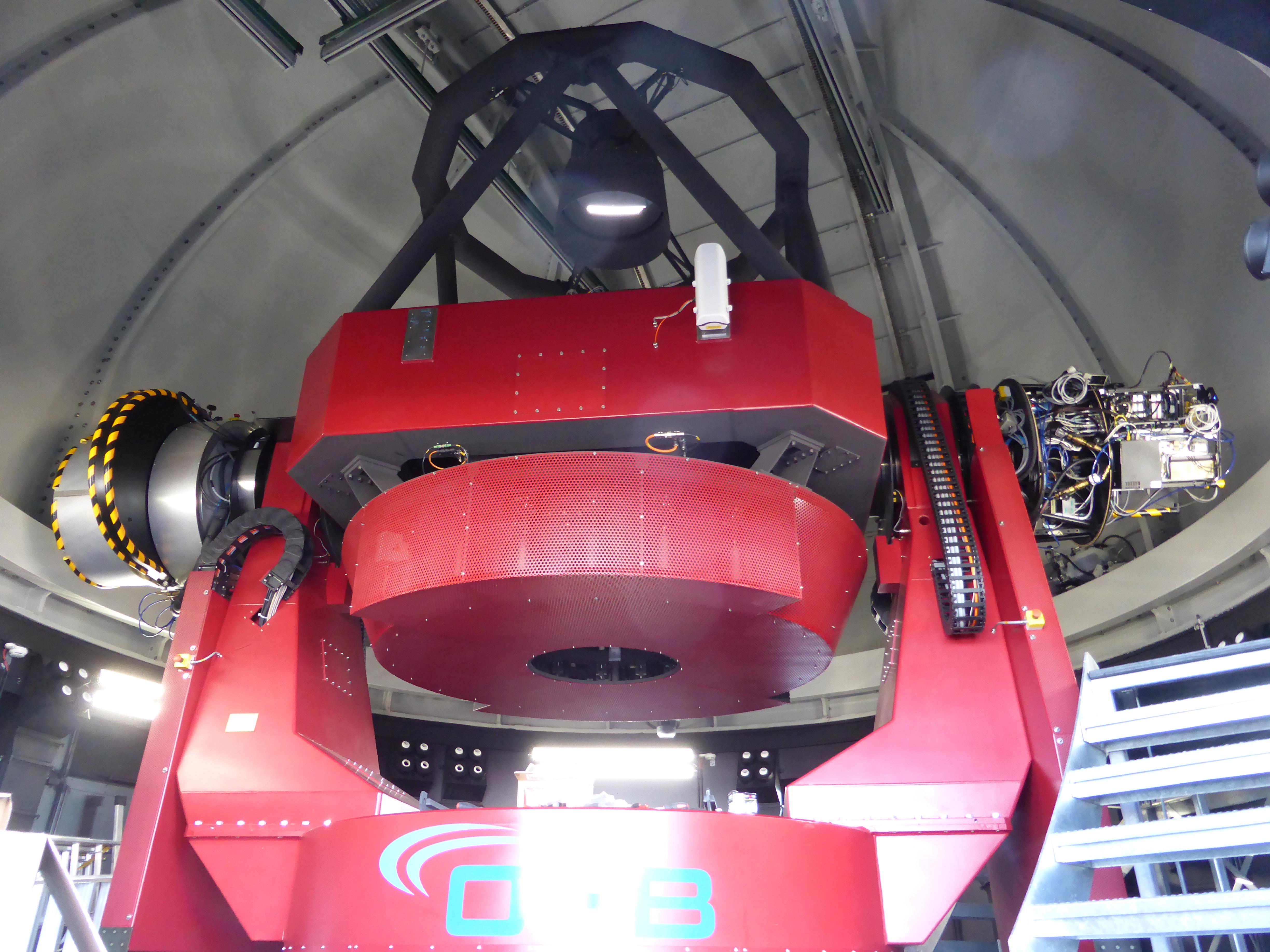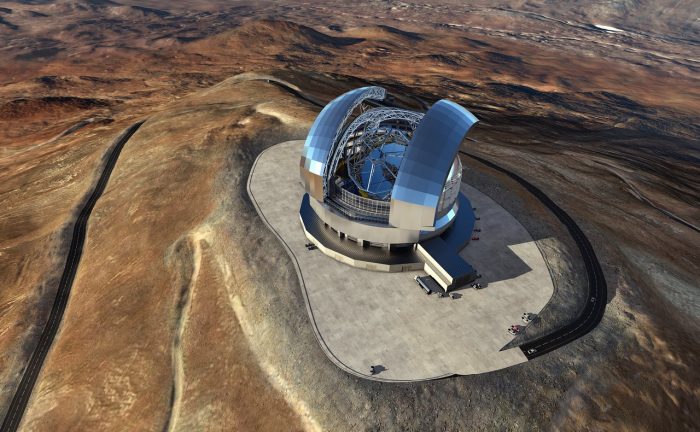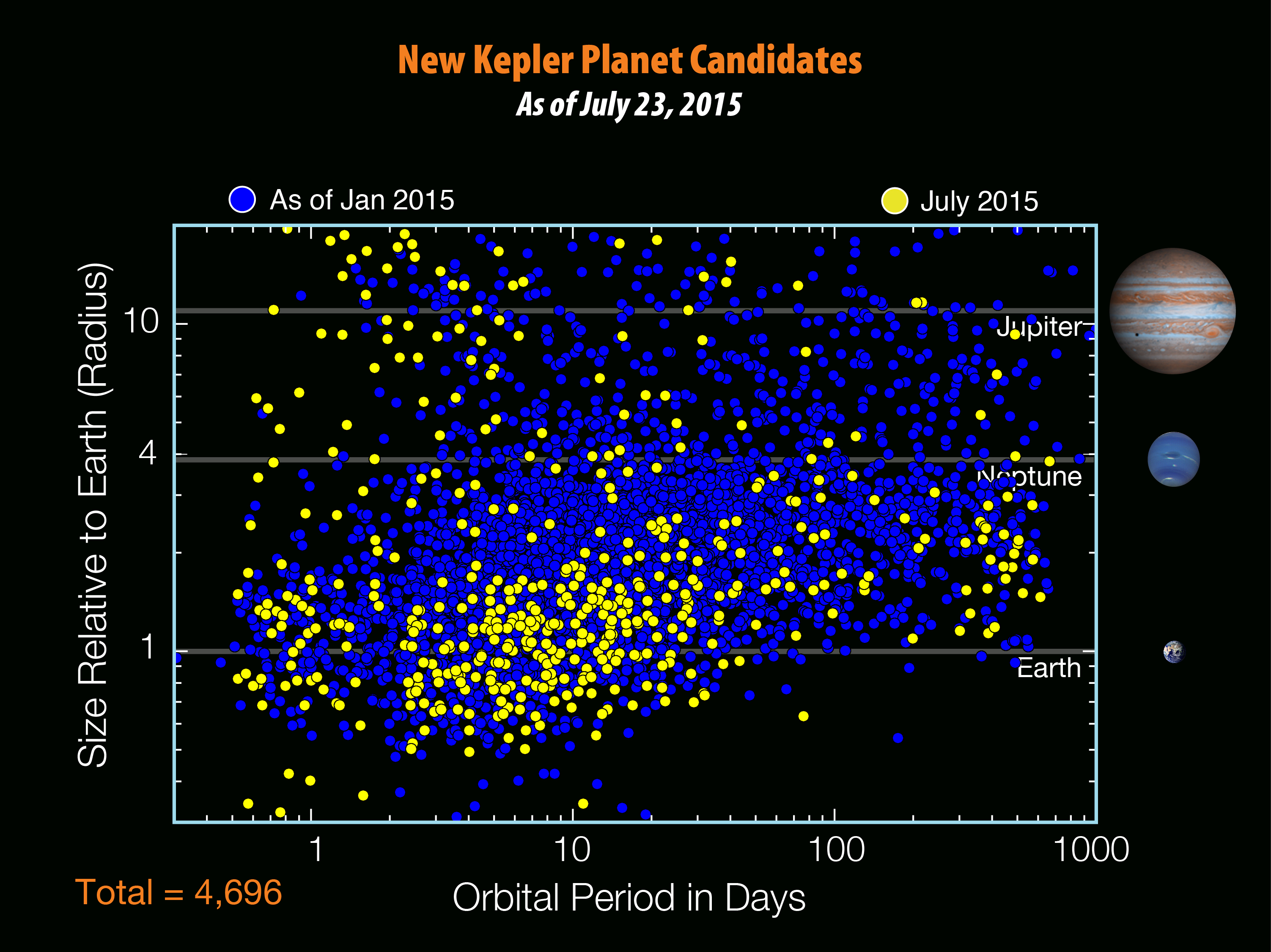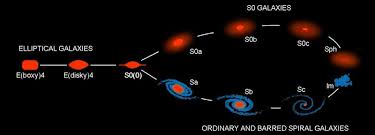Bachelor thesis projects
1. Machine Learning
- Fighting Starlink with Machine Learning
We offer a topic to use novel deep machine learning image processing packages MaxiMask and MaxiTrack ( https://arxiv.org/pdf/1907.08298.pdf) to identify artifacts in images taken at the Mt. Wendelstein observatory: The rapidly increasing number of satellites such as Starlink pose a difficult problem for ground-based astrophysical observations. Satellite trails and other image artifacts such as cosmic rays must be identified and removed before scientific analysis of images can begin. This is a normally very laborious task, which will benefit greatly from the speed-up gained by ML methods.
Supervisors: Stella Seitz (stella [at] usm.lmu.de)
2. Instrumentation and observational projects


- Development and measurement of optical components and detectors for new instruments at the Wendelstein observatory
Several new instruments and optical measuring devices are being developed for the new 2-m Wendelstein telescope. Optical components such as filters, glass fibres, lenses and electronic detectors (CCDs) have to be measured and tested. Projects in these areas can be assigned according to the student’s interests. They include lab work in Munich, development of small control scripts, as well as analysis and documentation of the measurements.
Supervisors: Frank Grupp (frank [at] grupp-astro.de), Claus Gössl (cag [at] usm.lmu.de)
- Development and tests of electronic control systems for large telescopes
Diese Bachelorarbeit setzt Interesse an elektronischen Schaltungen voraus. Im Rahmen des Baus des MICADO-Instruments für das 39-m-EELT-Teleskop in Chile sind diverse Mechanismen und elektronische Steuerungskomponenten zu bauen und zu testen. Technologien und Mechanismen müssen bei Raumtemperatur an der USM getestet werden. Die Arbeit umfasst die Durchführung und Dokumentation von Tests diverser motorisierter und sensorischer Hardware bei Raumtemperatur zur Vorbereitung auf Tests bei 80 K in unserem Kryostaten. Hierzu gehört beispielsweise auch die Automatisierung von Testständen in den Laboren der Sternwarte. Es werden sowohl komplett selbst entwickelte Elektronikkomponenten verwendet, als auch industrielle Standardtechnologien wie CAN-BUS-Controller und SPS-Steuerungen (Vorwissen wünschenswert aber nicht notwendig). Zusätzlich kann je nach genauem Thema ein rein astrophysikalisches Beobachtungs- und/oder Datenauswertungsprojekt in Zusammenarbeit mit dem Wendelstein-Observatorium absolviert werden.
Supervisors: Achim Hess (achim [at] usm.lmu.de) - Project 1.3: Characterization of the coronograph at the Wendelstein observatory
Analyse and document the properties of the telescope regarding imaging and spectroscopy of the sun in white light, in Hα, as well as in spectral observations. A number of student lab manuals may be drafted in the course of this project.
Supervisors: Frank Grupp (frank [at] grupp-astro.de) - Project 1.4: Literature work relating to astronomic instrument construction
Documentation of new developments in instrument and telescope construction — including adjustment methods and environmental influence — are often only to be found in poorly available conference proceedings. The task is to critically look at and compile comments spread over many different courses. Current projects focus on SPIE contributions to wind loads of telescopic mounts, the cleaning and coating of telescope and instrumentation mirrors, and methods of mirror adjustment (e.g., Hartmann analysis).
Supervisors: Frank Grupp (frank [at] grupp-astro.de) - Project 1.5: Development of instrument control software
Prerequisite for this project is sound knowledge of and interest in programming. The construction of the instrumentation for the 2-m Wendelstein observatory telescope makes the development of subunit control software necessary. Task: Document the physical approach, the software solution as well as the integration of both in the whole system. Example: Automation of test rigs in the observatory labs or effective organisation of standard star data sets of the 40-cm telescope.
Supervisors: Claus Gössl (cag [at] usm.lmu.de)
3. Stars and planets

- Project 2.1: The future of astronomy – new telescopes for the discovery and characterization of exoplanets
Exoplanet research is a very active scientific area and a new generation of telescopes is currently being developed in order to study several of their aspects and add more discoveries. The aim of this project is to provide an overview over telescopes that are already in the planning stage and then give an outlook of the future development of astronomical observations.
Supervisors: Roberto Saglia (saglia [at] mpe.mpg.de)
-
Project 2.2: The statistical distribution of planets – an overview
Since the first discovery of an exoplanet in orbit around another main-sequence star in the year 2000, there has been a fast-growing number of exoplanet discoveries. Detected by several number of methods, their properties are quite diverse. Since the number of known exoplanets is now in the thousands it is now possible to make statistical assessments of their occurrence rate for given stellar types and the planet’s orbital periods. The aim of this project is to collect all of the current data, present each detection method and then discuss the results and their possible differences based on the detection method.
Supervisors: Roberto Saglia (saglia [at] mpe.mpg.de) -
Project 2.3: The Rossiter-McLaughlin effect – measuring the stellar rotation axis through transits
The Rossiter-McLaughlin effect (RME) has been known for decades and was initially proposed for the study of eclipsing binaries. Using this effect, the primary star’s rotation axis can be determined and this effect could first be applied to planet transits only a few years ago. The Wendelstein facility will soon be able to observe and measure this effect as one of very few observatories by using the FOCES instrument. The aim of this project is to describe the RME by compiling the according literature and then give an overview of the current results and their interesting implications for planet formation.
Supervisors: Roberto Saglia (saglia [at] mpe.mpg.de) -
Project 2.4: Super-Earths – properties and occurrence rates
Super-Earths, rocky planets with radii of more than twice of Earth’s, are unknown in our own Solar system and are a distinct population of planets. The aim of this project is to describe this population, including the detection methods used for their discovery, and then provide an overview of their occurrence rate. Then, the results of their – rapidly increasing – research should be compiled.
Supervisors: Roberto Saglia (saglia [at] mpe.mpg.de)
4. Galaxies

- Project 3.1: The age of a galaxy
How do we measure the age of a galaxy? The Bachelor’s thesis project should summarize the methods that have been developed to reach this goal and their uncertainties. If there is enough time, one can also derive a spectroscopic age from data available for a selected number of objects.
Supervisor: Roberto Saglia (saglia [at] usm.lmu.de) - 3.2: Dynamical modeling of stellar disks
Three-dimensional galaxies are often modeled using the Schwarzschild approach. One computes stellar orbits in a given gravitational potential and superposes them to reproduce the available dataset. The modeling of two-dimensional objects like galaxies with stellar disks poses some yet unsolved questions. How well can one compute the gravitational potential using spherical harmonics? What is the optimal amount of regularization? How well can one describe real galaxies? During the thesis project answers to these questions will be tested and implemented.
Supervisor: Roberto Saglia (saglia [at] usm.lmu.de), Jens Thomas (jthomas [at] mpe.mpg.de) - Project 3.3: The masses of supermassive black holes at the centers of galaxies
How do we measure the masses of supermassive black holes at the centers of galaxies? What are their uncertainties? How much mass is hidden in supermassive black holes? The results of the recent research should be critically summarized and discussed.
Supervisor: Roberto Saglia (saglia [at] usm.lmu.de)

